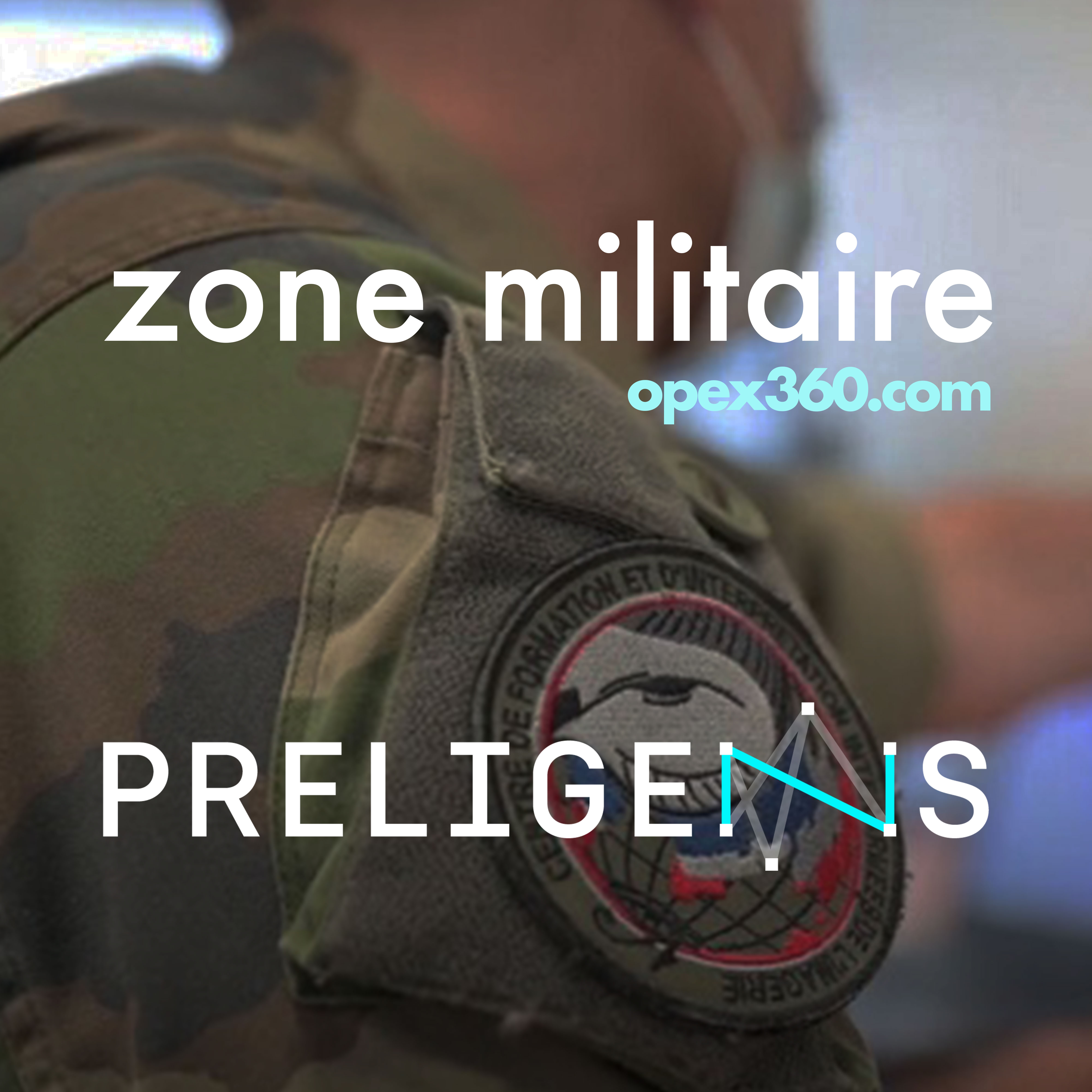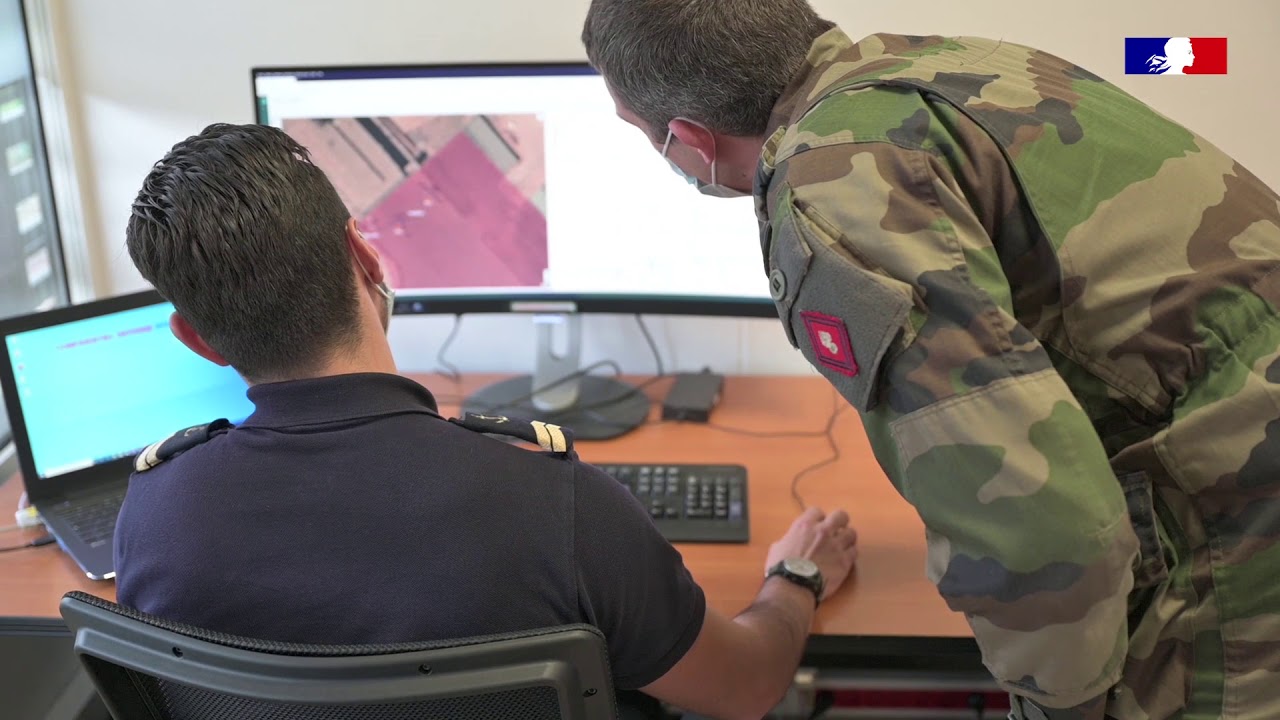Military intelligence boosts its satellite imagery analysis capabilities with artificial intelligence

07/08/2021 by Laurent Lagneau.
This article is from opex360.com, available here.
In November 2020, the Directorate of Military Intelligence [DRM] mentioned the TAIIA experiment, conducted in conjunction with the young innovative company Preligens [ex-EarthCube], when Definvest participated in the 20 million euro fundraising that the latter had just completed.
As a reminder, this financial operation was intended to enable Preligens to accelerate its growth and the development of its international activities. But it was also [and above all] intended to prevent the company from coming under foreign control, as In-Q-tel, the CIA's investment fund, had not hidden its interest in the artificial intelligence technologies it was developing.
Indeed, one of the major innovations of Preligens concerns the analysis of satellite imagery, using software and artificial intelligence algorithms to automatically identify military equipment present on a site of interest for intelligence and to detect any unusual movement.
The TAIIA experiment was conducted at the Centre de formation et d'interprétation interarmées de l'imagerie [CF3I], with experts from Preligens, the Direction générale de l'armement [DGA] and the DRM. The objective was to "build a customized tool for automatic detection of activities on identified sites of geographical interest", using images obtained by the CSO [Optical Space Component] satellites, two of which are currently in orbit.
"The algorithms we have developed enable us to detect, recognize and identify aircraft, vehicles and ships, and this on an ever-increasing volume of images. This technology helps experts in their work of searching for information and clues on images, but also allows them to improve the analysis of activity on pre-selected geographical sites of interest," explained Preligens.

Obviously, the results have lived up to expectations. Indeed, on July 8, the Ministry of the Armed Forces indicated that the DRM had just notified a "new order to the company Preligens for its tool to assist in the surveillance of activities on strategic sites" which, "made available to analysts, assists them in the elaboration of intelligence of military interest and helps them to anticipate threats by setting up monitoring and alert mechanisms".
No further details were given, except that, with this order, "the services so far deployed in one of the centers of the Directorate of Military Intelligence [CF3I, editor's note] will be progressively extended to all the entities of the ministry that need to analyze satellite images. This will allow us to strengthen our analysis capabilities, as the flow of data from various sensors continues to grow.
"For the past 30 years, the main effort has been to acquire new intelligence sensors. To fulfill our mission at the DRM, I have chosen to direct our new IT capabilities to make the most of the information at our disposal," recalls General Jean-François Ferlet, Director of Military Intelligence.
Artificial intelligence is one of the ways to significantly increase our performance, and the feedback from the use of Preligens tools clearly validates this choice. And "the challenge now is to make this service available to the entire Ministry [of the Army]," he concludes.



